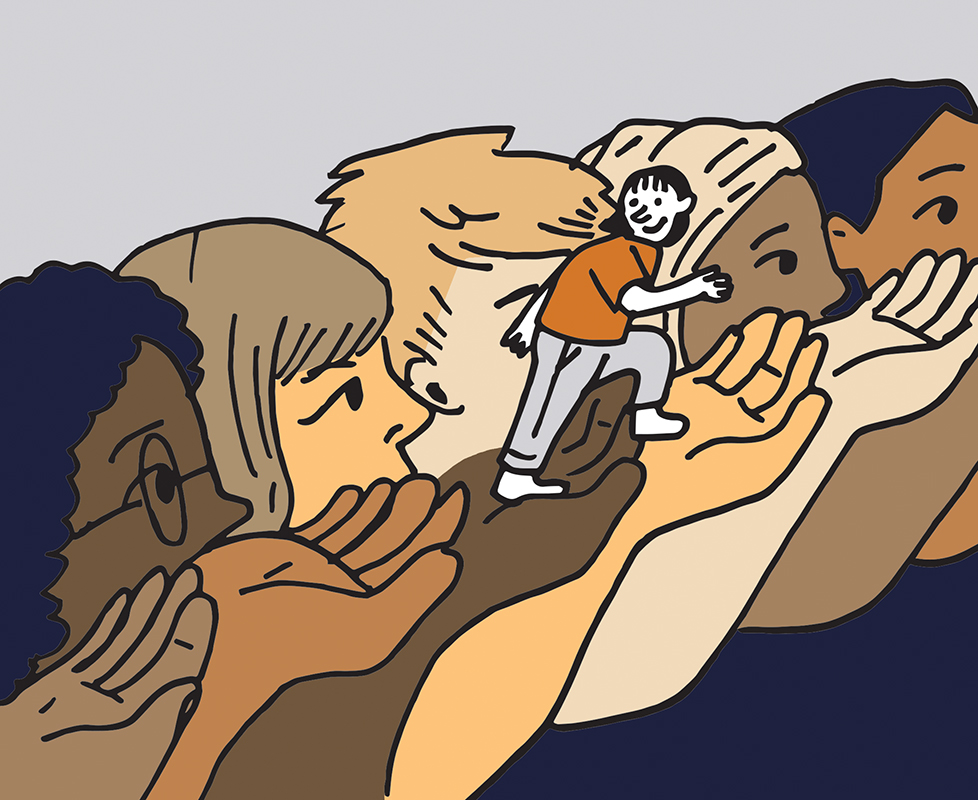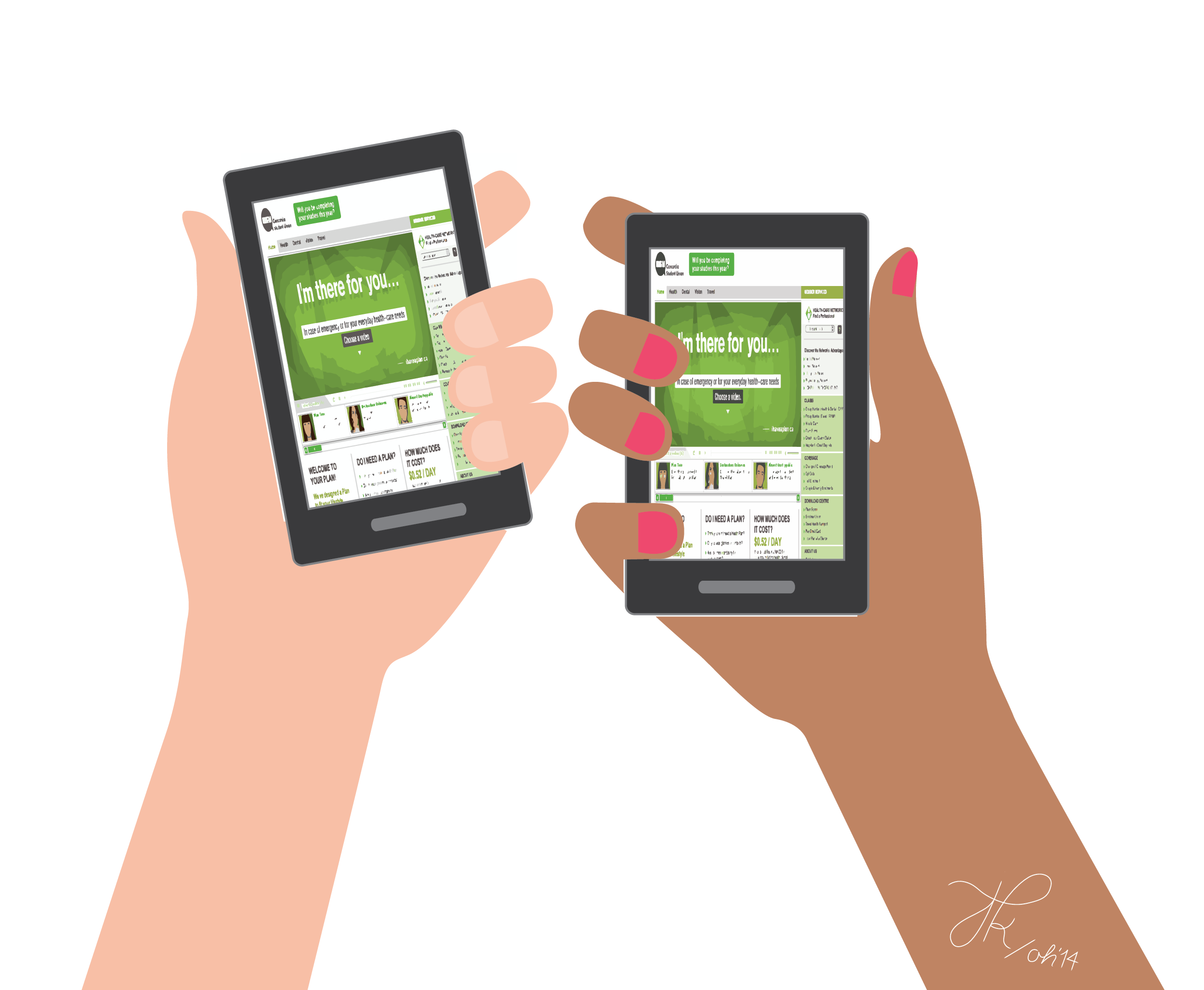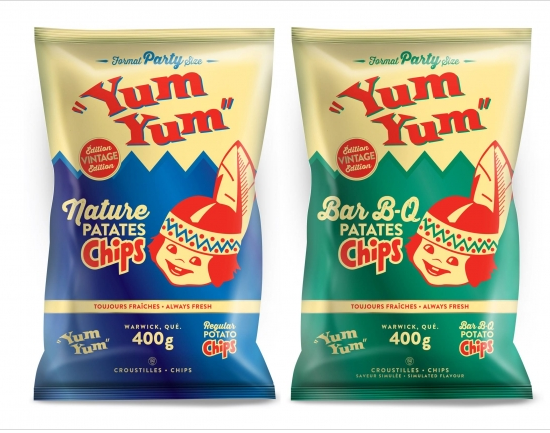For more than a century, International Women’s Day has celebrated the achievements of women and supported women’s movements around the world. According to the United Nations, March 8 is a day to recognize the achievements of women “without regard to divisions, whether national, ethnic, linguistic, cultural, economic or political.”
Yet too often, too many women are left behind by feminism; the focus is on achieving equality between men and women, without much consideration for the diversity of female experiences. As a movement fighting for equality, it is vital that feminism give a voice to all women, and tackle all women’s issues. Only by recognizing and valuing the unique experiences of women of colour, disabled women, trans women, LGBTQ+ women—and any other woman who doesn’t fit the standard “white” identity—will feminism have a hope of achieving true equality.
First coined in 1989 by American scholar Kimberlé Crenshaw, intersectional feminism highlights the multi-facetted identities of women and the importance of considering these identities when striving for equality. All women face inequality amongst their male peers, but it’s important to recognize that women of varying social identities are at even more of a disadvantage compared to both white men and white women. Those with less power face more abuse, and women of differing social identities are more vulnerable than white women.
Yet, when we hear about unequal pay, sexual violence and abuse of power, it is typically through the voices of white women. Take the #MeToo movement, for example. Although it was popularized when actress Alyssa Milano used it as a hashtag, the phrase was first used by Tarana Burke, a black woman, more than a decade earlier.
Closer to home, we can see instances in our own history when women of colour have been held a few steps behind white women. In 1940, women in Quebec were given the right to vote—white women that is. Chinese and Indo-Canadians only got the vote in 1947, Japanese-Canadians could only vote in 1948, and First Nations people were only allowed to vote in federal elections as of 1960. In all of these cases, the right to vote was withheld from both women and men in these groups. So while being a woman comes with its challenges, there are a lot of obstacles that comes from holding a particular ethnic identity as well.
This same trend can be seen in the fight for equal pay. A Statistics Canada report showed that Canadian women earn 73.5 cents for every dollar a man makes. While these figures are horrific and unfair, we need to remember that women from minorities make even less than that, according to The Globe and Mail. The earnings of all working women is about 31 per cent less than the combined earnings of all working men; but for women of colour, that gap is 37.5 per cent, and for Indigenous women it’s 54 per cent, according to Maclean’s. Trans women also face terrible pay equity, with male-to-female transgender workers seeing their earnings drop by nearly a third, according to Maclean’s.
Violence against certain groups of women is also amplified depending on their identities. Indigenous women, trans women and black women face dangerous and violent situations that are unimagined by white and privileged women.
There is not enough space on this page to list all the ways that women of different identities face obstacles and problems not experienced by white, able-bodied, cisgender women. But we at The Concordian believe even these few examples demonstrate the importance and necessity of including all women’s struggles in the fight for equality. We live in a diverse world and that shouldn’t be ignored. By understanding how different women live, we can do more to support everyone in this age-old movement for equality.
Graphic by Zeze Le Lin




